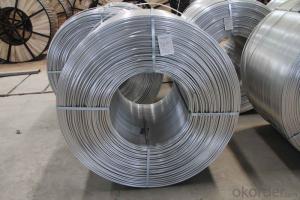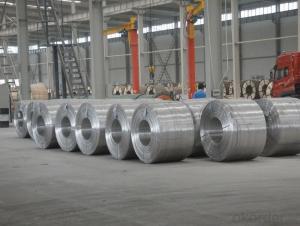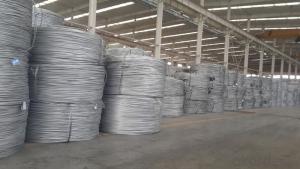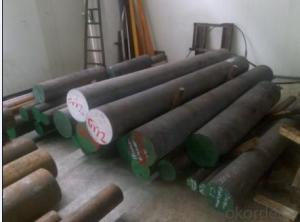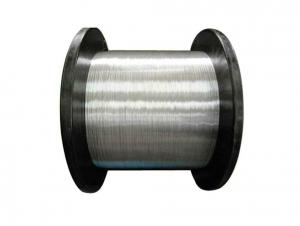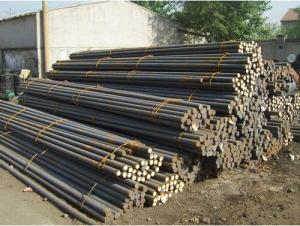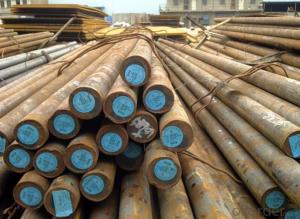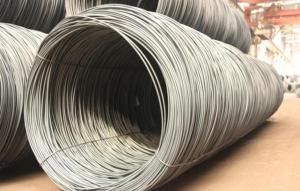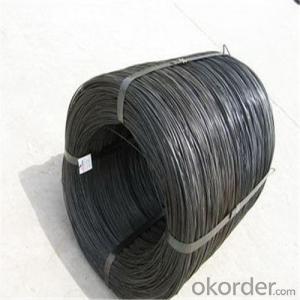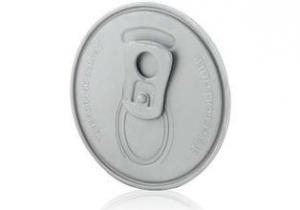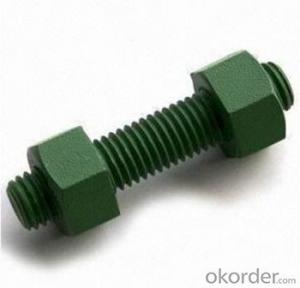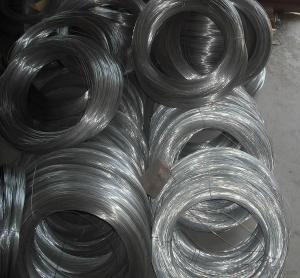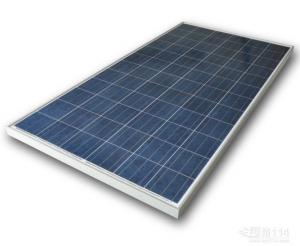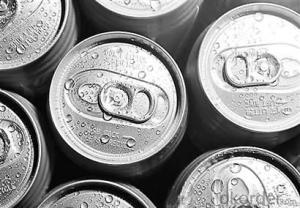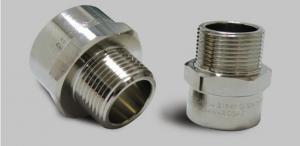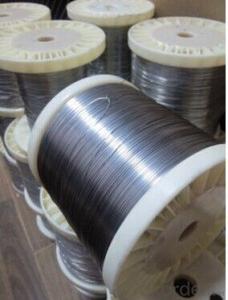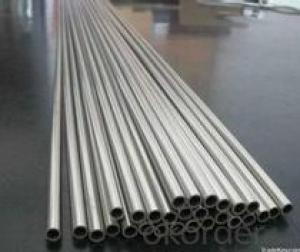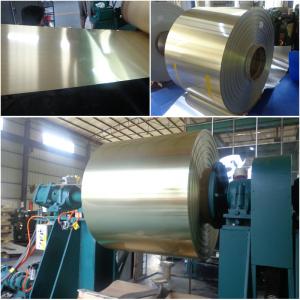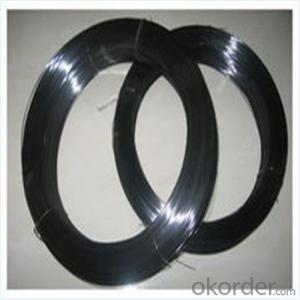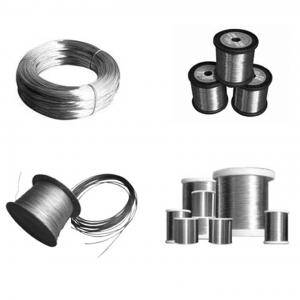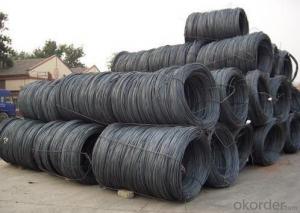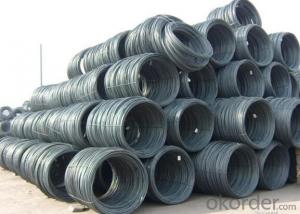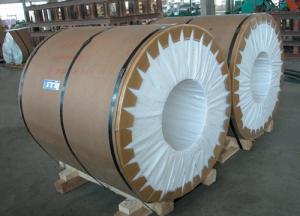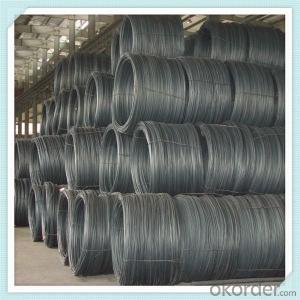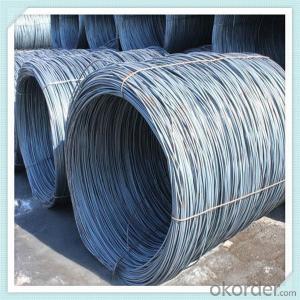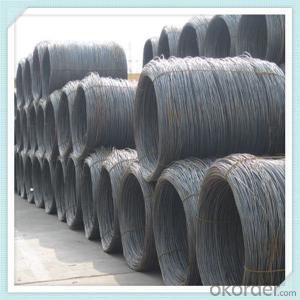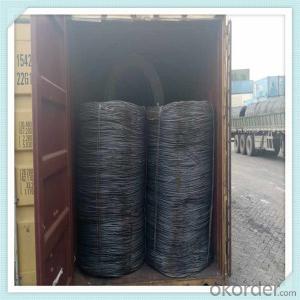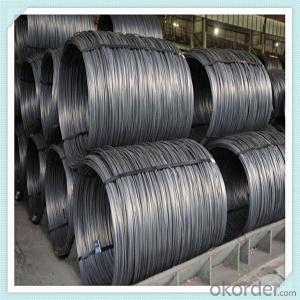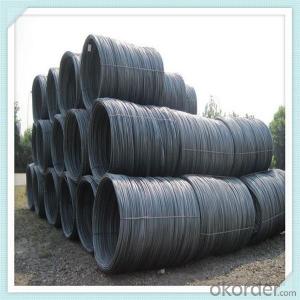Nickel Rod Stock
Nickel Rod Stock Related Searches
Stock Symbol For Alcoa Aluminum Aluminum Sheet With Holes 9mm Aluminum Ammo In Stock Aluminum Pipe Stock 1/2 X 3/4 Aluminum Bar Stock Wood Grain Aluminum Coil Stock White Aluminum Coil Stock 1 4 Inch Aluminum Bar Stock 3/4 X 3/8 Aluminum Bar Stock 1 Inch Aluminum Bar StockHot Searches
Stock Price For Aluminum Aluminum Coil Stock For Sale Aluminum Bar Stock For Sale Aluminum Round Stock For Sale Aluminum Square Stock For Sale Aluminum Flat Stock For Sale Billet Aluminum Stock For Sale Aluminum Stock Tanks For Sale Aluminum Stock For Sale Near Me Aluminum Stock For Sale Aluminum Corp Of China Stock Price Of Aluminum Stock Aluminum 80 Lower In Stock China Aluminum Stock 6061 Aluminum Bar Stock Price Aluminum Bar Stock Price Aluminum Price Stock Market Aluminum Stock Market Price Stock Market Aluminum Price Aluminum Stock Price Per PoundNickel Rod Stock Supplier & Manufacturer from China
Okorder.com is a professional Nickel Rod Stock supplier & manufacturer, offers integrated one-stop services including real-time quoting and online cargo tracking. We are funded by CNBM Group, a Fortune 500 enterprise and the largest Nickel Rod Stock firm in China.Hot Products
FAQ
- Steel wire rod is an essential raw material used in the manufacturing of wire for medical implants. It serves as the base material from which the wire is produced. Steel wire rod is carefully selected for its high strength, corrosion resistance, and biocompatibility properties. It undergoes a series of processes including drawing, annealing, and surface treatments to transform it into fine wire suitable for medical applications. This wire is then utilized in the fabrication of various medical implants such as surgical sutures, stents, orthopedic devices, and pacemaker leads, providing strength, flexibility, and durability to these life-saving medical products.
- The safety requirements for steel wire rod used in ski lift wire ropes are crucial to ensure the safe and reliable operation of ski lifts. These requirements are designed to minimize the risk of accidents and maintain the structural integrity of the wire ropes. Firstly, the steel wire rod used in ski lift wire ropes must meet specific material standards. It should be made from high-quality, high-strength steel that is capable of withstanding the tension and stress encountered during ski lift operations. The wire rod should adhere to international standards such as ASTM A1023/A1023M or EN 12385, which specify the minimum mechanical properties and chemical composition of the wire rod. In addition to material requirements, the wire rod must undergo rigorous testing and inspection processes. This includes non-destructive testing techniques like ultrasonic examination, magnetic particle inspection, and visual inspection to identify any defects or imperfections in the wire rod. The testing should be performed by certified and qualified personnel to ensure accuracy and reliability. Furthermore, the wire rod used in ski lift wire ropes must have a specific diameter and tolerance range to maintain the desired strength and performance. Ski lift manufacturers typically provide specifications that dictate the required diameter and tolerance for the wire rod to be used in their systems. These specifications should be followed closely to ensure compatibility and safety. It is also essential to consider the surface requirements of the wire rod. The wire rod should have a smooth and clean surface, free from any burrs, cracks, or other surface defects that could compromise the structural integrity of the ski lift wire ropes. Any surface irregularities should be addressed through appropriate surface treatments or inspections. Lastly, regular maintenance and inspection of the ski lift wire ropes are necessary to ensure ongoing safety. This includes visual inspections, lubrication, and tension checks to detect any signs of wear, corrosion, or fatigue. If any issues are identified, immediate action should be taken to repair or replace the affected wire ropes to prevent accidents or failures. Overall, the safety requirements for steel wire rod used in ski lift wire ropes encompass material standards, testing, dimensional specifications, surface quality, and ongoing maintenance. Adhering to these requirements ensures the reliability and safety of ski lifts, providing a secure and enjoyable experience for skiers.
- Steel wire rod can be used to create various types of wire mesh, each with its own distinct qualities and uses. Some commonly encountered options include: 1. Welded Wire Mesh: This variant involves welding steel wire rods together at the points where they intersect, resulting in a grid-like pattern. It is frequently employed for applications such as fencing, security enclosures, and reinforcing concrete structures. 2. Woven Wire Mesh: Interlocking steel wire rods are woven together to produce this type of wire mesh. It is available in different weave styles, including plain, twill, and Dutch weaves. Woven wire mesh finds widespread usage in filtration, screening, and separation activities. 3. Expanded Metal Mesh: The steel wire rods are cut and stretched to create diamond-shaped openings in this variety of wire mesh. It possesses a lightweight yet sturdy construction, making it highly versatile for applications like walkways, security grilles, and decorative panels. 4. Perforated Metal Mesh: By puncturing holes into the steel wire rods, a pattern of openings is formed. Perforated metal mesh is commonly employed in architectural projects like facades and sunscreens, as well as for filtration, ventilation, and acoustic control purposes. 5. Knitted Wire Mesh: This type of wire mesh is formed by knitting the steel wire rods together, resulting in a structure that is both flexible and resilient. Knitted wire mesh is widely used for gaskets, seals, and filtration applications, as it offers excellent gas and liquid filtration capabilities. These examples represent only a small selection of the diverse range of wire mesh options that can be produced using steel wire rods. Each type possesses unique characteristics and serves a wide array of industrial and commercial needs.
- Various methods and techniques are employed to evaluate the decarburization of steel wire rod, ensuring the final product's quality and properties. Visual inspection is a common evaluation method, whereby the wire rod's surface is carefully examined for signs of decarburization, such as discoloration or scaling. This preliminary assessment offers insights into the level of decarburization. Chemical analysis is also conducted to determine the carbon content at different depths of the wire rod. Samples are taken from various sections of the wire rod and subjected to carbon analysis tests. The results of this analysis reveal the extent of decarburization and aid in assessing its impact on the steel wire rod's mechanical properties. Microscopic examination is a crucial evaluation technique. Metallographic analysis involves preparing thin sections of the wire rod and observing them under a microscope. This allows for a detailed examination of the microstructure, facilitating the identification of any areas affected by decarburization. Specialized equipment, such as image analysis software, can be used to measure the depth and severity of decarburization. Moreover, mechanical testing is performed to evaluate the impact of decarburization on the wire rod's mechanical properties. Tensile strength, hardness, and ductility tests are commonly conducted to assess the wire rod's overall strength and behavior under different conditions. Any significant deviation from the desired mechanical properties may indicate a higher level of decarburization. In conclusion, the evaluation of decarburization in steel wire rod involves a combination of visual inspection, chemical analysis, microscopic examination, and mechanical testing. These techniques provide a comprehensive understanding of the extent and impact of decarburization, ensuring that the wire rod meets the required quality standards and specifications.
- Steel wire rod is used in the production of ropes as the main material for the rope's core. It provides strength and durability, allowing the rope to withstand heavy loads and harsh conditions. The steel wire rod is typically twisted or braided together to form the core, which is then covered with a protective outer layer to enhance flexibility and improve grip. This combination of strength and flexibility makes steel wire rod essential in creating ropes that are widely used in various industries like construction, transportation, and maritime.
- The common production processes for zinc-coated steel wire rod include cleaning and pickling the steel wire rod, coating it with a layer of zinc through hot-dip galvanizing or electro-galvanizing, and finally, coiling the zinc-coated wire rod for packaging and transportation.
- The manufacturing of wire forms for ski lifts heavily relies on steel wire rod, which is an indispensable component. These wire forms are responsible for delivering the required support and strength to the ski lift system. To begin with, steel wire rod is employed in the creation of primary cables that run alongside the ski lift structure. These cables bear the weight of both the ski lift and its passengers, guaranteeing their safety and stability. The ability of steel wire rod to withstand heavy loads and stress is of utmost importance in the functioning of the ski lift system. Furthermore, steel wire rod is also utilized in the production of suspension cables that connect the ski lift cabins to the primary cables. These suspension cables play a critical role in maintaining the balance and levelness of the cabins while in motion. The dependability and durability of steel wire rod ensure that these suspension cables can endure the constant movement and varying forces exerted on them. In addition, steel wire rod is also employed in the construction of safety cables, which serve as a precautionary measure. These safety cables act as a backup system, providing an extra layer of security for ski lift passengers. In the event of any unforeseen circumstances or malfunctions, the safety cables ensure that the cabins remain firmly attached to the primary cables, preventing any potential accidents. Overall, steel wire rod acts as the backbone of wire forms for ski lifts, offering the necessary strength, stability, and safety required for their operation. The quality and durability of steel wire rod play a vital role in ensuring the reliability and longevity of ski lift systems, ultimately contributing to the safety and enjoyment of skiers and snowboarders.
- Steel wire rods are essential components in the production of welding electrodes. These wire rods serve as the core material for welding electrodes, providing the necessary strength and conductivity required for the welding process. To begin the production of welding electrodes, steel wire rods are first selected based on their specific mechanical properties, such as tensile strength and elongation. These properties ensure that the welding electrodes will be able to withstand the high temperatures and stress experienced during the welding process. The steel wire rods are then further processed through a series of steps. They are first cleaned and coated with a flux material, which helps to remove impurities and promote better arc stability during welding. This coating also assists in the formation of a protective gas shield around the welding area, preventing oxidation and contamination. After the coating process, the steel wire rods are cut into specific lengths and shaped into the desired electrode design. This can involve bending or forming the rods to achieve the required shape and size of the welding electrode. Once the welding electrode is formed, it is then packaged and made ready for distribution and use. These electrodes are widely used in various industries, including construction, automotive, and manufacturing, for welding applications such as joining metals, repairing machinery, and fabricating structures. In summary, steel wire rods play a crucial role in the production of welding electrodes. They provide the necessary strength, conductivity, and formability required for these electrodes to effectively carry out welding processes.

